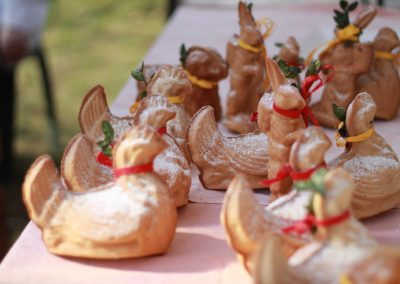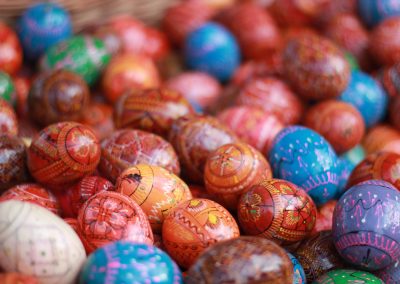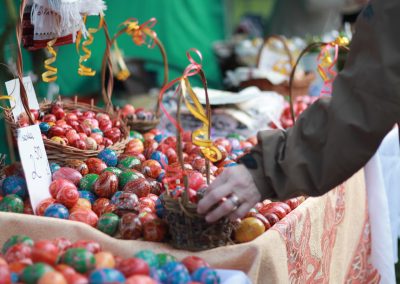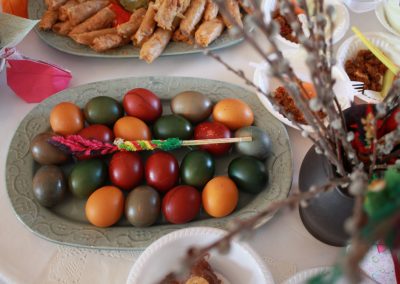Easter in Poland
Easter, along with Christmas, is one of the most important holidays in Poland. This time of the year Polish citizens spend with their families and usually visit their hometowns. The University authorities have decided to grant students 6 days free of classes. Easter break begins on 29 March and lasts until 3 April. Although in Christian tradition the celebrations last a week, there are actually only 2 days of public holidays: Sunday and Monday. On these days most shops and institutions will be closed. Easter Traditions in Poland In the Christian tradition, celebration of Easter lasts the entire week (the Holy Week) before the actual day of Easter. The first day of celebration is called Palm Sunday, when people go to church for a procession with colorful ‘palms’ made of branches of willow catkins, forsythia, boxwood, or other trees, shrubs, and flowers available in Poland. On Saturday, a day before Easter, Poles prepare ‘święconka’ a basket with samples of food that will be eaten on Sunday morning during the Easter meal. ‘Święconka’ is being carried to church for a blessing. Among the food you will find sausage, bread, beetroot with horseradish, salt, cake, and decorated, hard boiled eggs called ‘pisanki’. On Sunday it’s finally Easter. In the morning, families gather to eat breakfast, which the most important part is eating the food blessed on Saturday. The last day of celebration is certainly the most fun of all. Wet Monday (or ‘Śmigus Dyngus’) is an old tradition of pouring water on other people. It was believed that the girl who had the most water poured on her, was the one the most loved, and soon to get married. Even though nowadays Wet Monday is more popular in villages than in cities, beware of the bucket wielding people, or it is likely that you’ll be caught in the crossfire, and end the day soaking wet.




